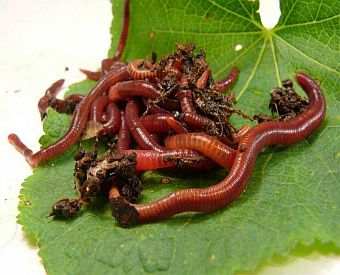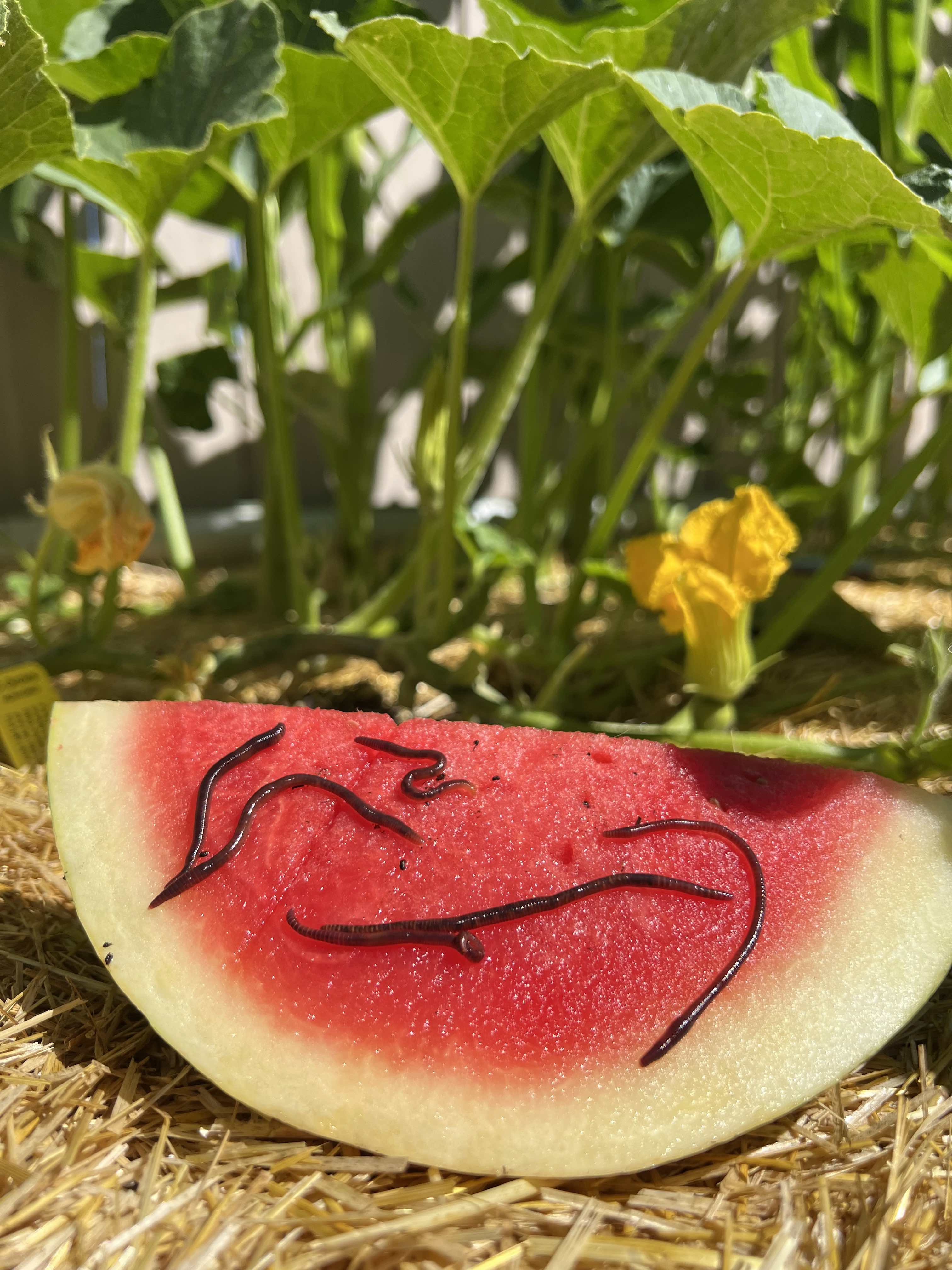Organic Composting with Red Wiggler Worms - Increase Your Yard's Growth
Organic Composting with Red Wiggler Worms - Increase Your Yard's Growth
Blog Article
Red Wiggler Worms Demystified: Opening the Keys of Vermiculture for Greener Living and Nutrient-Rich Dirt
In the world of lasting practices for enriching soil top quality and promoting eco-conscious living, red wiggler worms play a pivotal yet often ignored duty. These humble animals have the amazing capacity to transform natural waste into nutrient-rich castings that serve as a potent natural fertilizer. By delving right into the world of vermiculture, one can reveal a wide variety of benefits that extend far beyond conventional composting techniques. Understanding the ins and outs of taking care of these worms, maximizing their environment, and harnessing their spreadings can cause a greener lifestyle and much healthier soil for plants to flourish.
The Duty of Red Wiggler Worms
Red Wiggler worms play an essential role in composting systems by effectively damaging down natural matter right into nutrient-rich castings. These ravenous eaters eat a variety of natural materials, such as kitchen area scraps, backyard waste, and paper products. As they feed, the worms' gastrointestinal processes damage down the natural issue right into a fine, dark, and nutrient-dense material understood as worm castings or vermicompost.
The spreadings generated by Red Wiggler worms are extremely valuable for dirt health and wellness and plant growth. They are rich in vital nutrients like nitrogen, potassium, and phosphorus, which are essential for supporting healthy plant development. In addition, worm castings consist of useful microbes and enzymes that assist boost dirt structure, boost water retention, and boost nutrient uptake by plants.
Benefits of Vermicomposting

Additionally, vermicompost, the nutrient-rich final result of vermicomposting, works as an exceptional organic plant food and soil conditioner. It improves soil structure, enhances soil aeration, and raises soil moisture retention. These properties contribute to much healthier plants with more powerful origin systems and much better resistance to parasites and conditions. Vermicompost also enhances the dirt with necessary nutrients like potassium, nitrogen, and phosphorus, promoting plant growth and general dirt fertility.
In addition, vermicomposting assistances lasting gardening practices by supplying a all-natural and chemical-free alternative to synthetic fertilizers. Red Wiggler Worms. This eco-friendly technique not just improves the dirt but also helps in reducing reliance on dangerous chemicals, advertising a greener and extra lasting means of horticulture
Establishing Up a Worm Container
When developing a worm container for vermicomposting, correct arrangement is crucial to guarantee the success of the composting process. The very first step in establishing a worm bin is selecting a suitable container. This can be a plastic bin or wood box that gives adequate area for the worms to relocate around and has proper drainage openings to stop waterlogging. Next off, a look at this now bed linens material such as shredded paper, cardboard, or coconut coir need to be included in the bin. This bed linen supplies a comfy atmosphere for the worms and assists maintain dampness degrees.
After including the bedding, present the red wiggler worms to the bin. It is recommended to begin with a tiny number of worms and progressively boost as they multiply. The worms ought to after that be given with food scraps such as fruit and veggie peels, coffee grounds, and eggshells. It is important to stay clear of including meat, dairy, oily, or salty foods to prevent bring in insects and creating undesirable odors.
On a regular basis keep an eye on the moisture degrees and temperature in the worm container to ensure ideal conditions for the worms. With proper configuration and maintenance, the worm bin will properly convert natural waste into nutrient-rich compost for your plants and garden.
Collecting Worm Castings
To successfully collect nutrient-rich worm spreadings from your vermicomposting system, a systematic harvesting approach is vital. When it comes time to harvest the worm castings, there are a couple of vital steps to comply with to guarantee an effective process. Quit including fresh food scraps to one side of the worm container for a couple of weeks before collecting. This motivates the worms to move sideways with fresh bed linens and food, making it simpler to scoop out the castings from the opposite side.

Troubleshooting Common Issues
Identifying and dealing with common challenges that may occur throughout the vermicomposting procedure is critical for preserving a healthy and balanced and efficient worm bin. One usual problem that vermicomposters encounter browse around these guys is overfeeding. Including excess food scraps can bring about an accumulation of wetness and level of acidity in the worm bin, possibly damaging the worms. To stop this, feed the worms in moderation, making sure that the food scraps are appropriately damaged down before including extra. One more issue is unpleasant odors rising from the worm bin. Foul scents suggest anaerobic conditions, generally created by overwatering or poor air flow. To fix this, change the moisture degrees by adding completely dry bed linen materials like shredded paper or cardboard and increase oygenation by turning the bed linens consistently.
Additionally, if the worm population is decreasing or the worms appear undesirable, maybe due to ecological stressors such as severe temperature levels or pH levels. Monitoring these elements and making essential adjustments is vital for the well-being of the worms. By repairing these common issues immediately, vermicomposters can ensure a smooth and successful vermicomposting procedure while keeping a growing worm population.

Final Thought
In final thought, red wiggler worms play an important role in vermiculture by damaging down organic matter right into nutrient-rich soil. Setting up a worm bin is essential for effective vermiculture, and gathering worm castings gives useful compost for horticulture.
As they feed, the worms' digestive procedures damage down the organic issue right into a fine, dark, and nutrient-dense product understood as worm spreadings or vermicompost.
The castings generated by Red Wiggler worms are extremely useful for dirt health and wellness and plant growth. Adding excess food scraps can lead to a buildup of wetness and level of acidity in the worm bin, possibly harming the worms.Furthermore, if the worm populace is declining or the worms show up undesirable, it could be due to environmental stress check these guys out factors such as extreme temperature levels or pH levels. Establishing up a worm bin is important for effective vermiculture, and harvesting worm spreadings provides useful compost for gardening.
Report this page